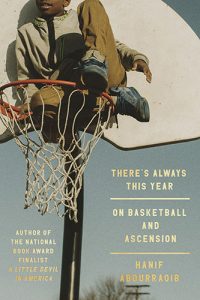Called
The Battleship Potemkin, either the film or the ship itself—the allusion, in any case—makes its appearance early on in Kate Greenstreet’s single-poem chapbook, Called: “First we hear it. Trucks, helicopters. The / Battleship Potemkin. He’s building the shape.” Throughout the poem, Greenstreet works in concise stanzas such as this, each image and line constructed with a controlled hand. As such, the Potemkin is no toss-away detail. Its facts and mythology, of restless soldiers and fledging revolutions, and of propaganda, get bundled and pulled into the poem, while calling to mind the montage theories made standard by director Sergei Eisenstein, the great-grandfather of all modern film editing techniques.
The Battleship Potemkin, either the film or the ship itself—the allusion, in any case—makes its appearance early on in Kate Greenstreet’s single-poem chapbook, Called: “First we hear it. Trucks, helicopters. The / Battleship Potemkin. He’s building the shape.” Throughout the poem, Greenstreet works in concise stanzas such as this, each image and line constructed with a controlled hand. As such, the Potemkin is no toss-away detail. Its facts and mythology, of restless soldiers and fledging revolutions, and of propaganda, get bundled and pulled into the poem, while calling to mind the montage theories made standard by director Sergei Eisenstein, the great-grandfather of all modern film editing techniques.
Based on a 1905 mutiny on a Russian naval ship, The Battleship Potemkin shows Eisenstein working through his ideas of juxtaposed images to provoke emotion—two or more scenes, each with their own baggage, are edited together in order to inspire his audience. (One famous example has a child’s sorrowful face intercut with images of a bowl of soup, thus implying the child is hungry.)
The narrative of Greenstreet’s poem adopts a similar yet more extreme technique. Shrugging off tangible plot devices traditionally found in long-form narrative poems and stories, Called concentrates instead on a series of elements placed beside each other to form the emotional undertow of a story. To use a film analogy, she has cut out any frames that convey context—physical setting or the passage of time—keeping only those that stimulate the limbic system.
The chapbook goes beyond text to reach the reader as well. Its experience is tactile, as readers remove the 5” by 6” book from a needle-pointed canvas pouch, and flip through linocut prints on homemade paper depicting an ear among mountains. These elements are juxtaposed atop the text, further informing the readers’ experience.
So while the poem may be deeply felt, its central plot is held at a distance. There are landmarks—brothers, soldiers, portraits of a family and of lovers, a westward movement—but the full scope remains unseen. The ambiguity is at times frustrating, though it too is necessary for the work’s overall effect. The poem opens,
But what about fog?
What about
anonymity?
and ends, “I could never get too close to him physically. / We hadn’t taken any main roads.” The chapbook’s lack of contextual details mirrors the relationship between ‘him’ and the poem’s speaker, who is unsure of what to think herself—Greenstreet has, in a way, shoehorned her reader into the footsteps of her speaker. Perhaps more importantly, the mishmash of free-streaming images mirrors the way memory is stored and recalled: intangible, constantly edited, and apropos of nothing but the tiniest detail.





